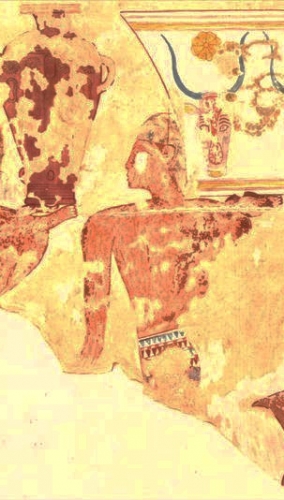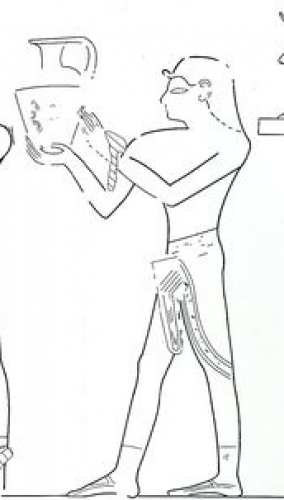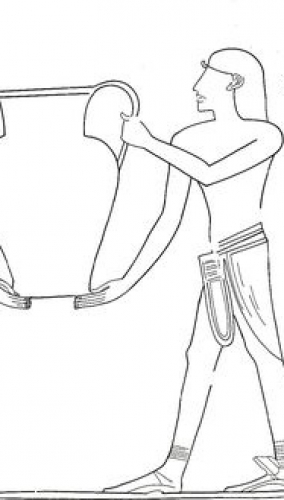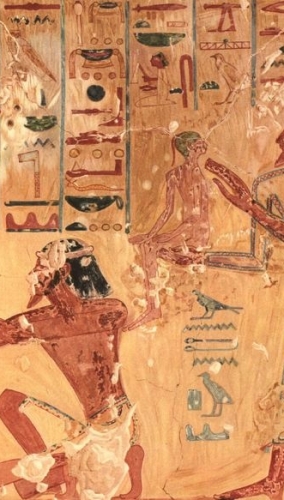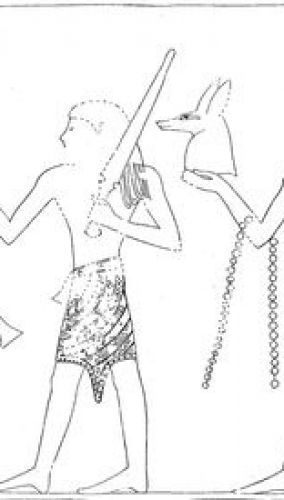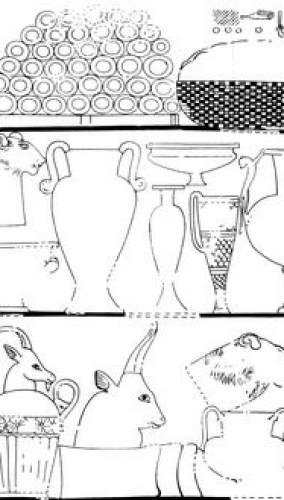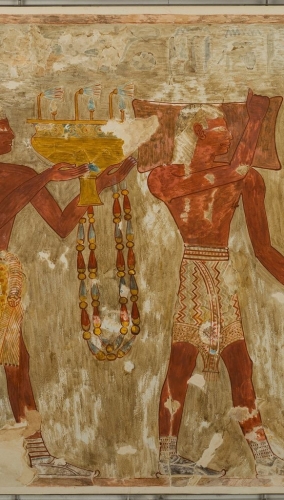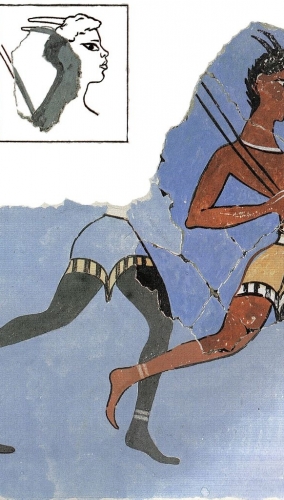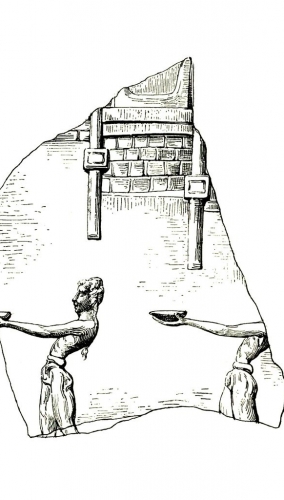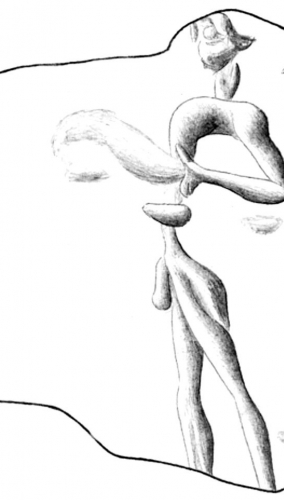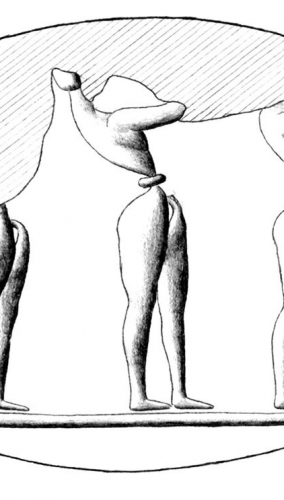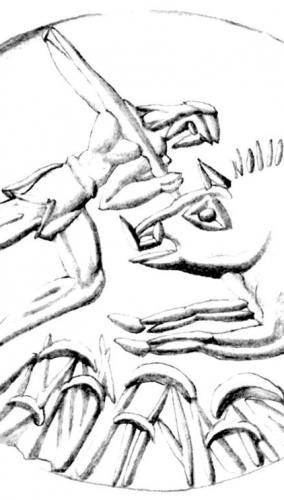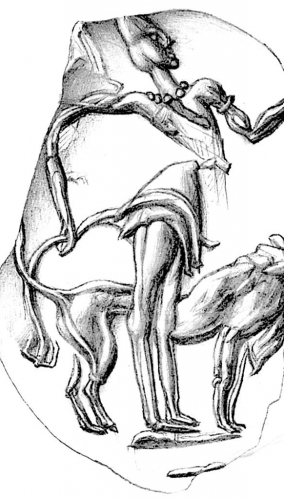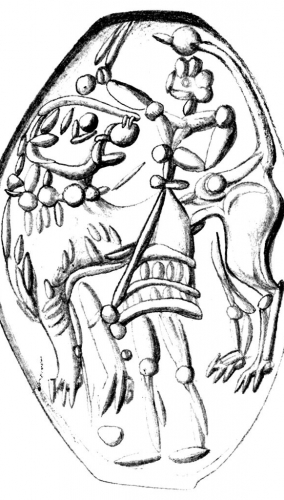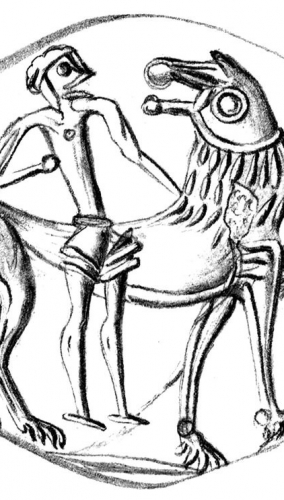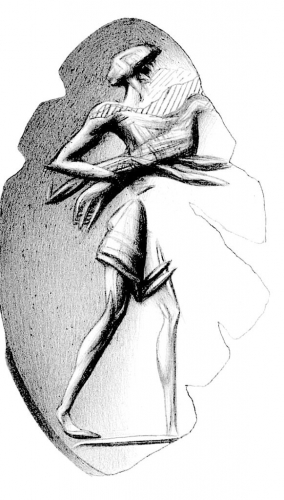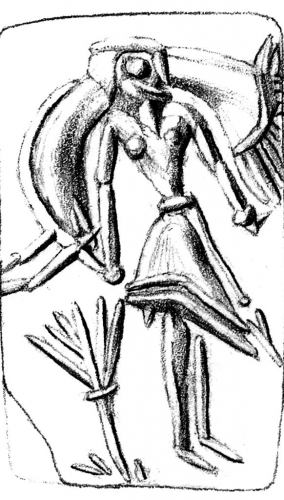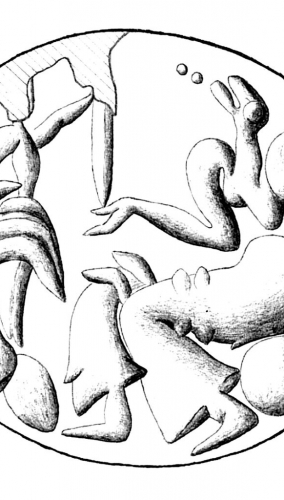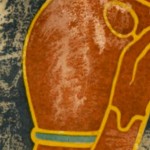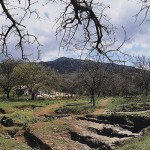Out of Date, Out of Fashion: the Change of Dress of Aegean Figures in the Egyptian 18th Dynasty Theban Tombs in the light of Aegean Bronze Age Costume
Uroš Matić, Filip Franković
The change in the dress of Aegean figures in the Egyptian 18th dynasty Theban tombs from breechcloth to kilt has long been a topic of great discussion for both Aegeanists and Egyptologists. In this paper we build on the work of Paul Rehak (1996, 1998), who convincingly showed that the change in dress could not be interpreted as an evidence for a change of ethnicity. We examine the use of the breechcloth and kilt in the Bronze Age Aegean and argue that the affinity of the Aegean elite of Knossos towards wearing kilts in processions can be dated to LM II. This date corresponds to the change from breechcloth to kilt in the tomb of Menkheperreseneb with the terminus post quem in the 33rd regnal year of Thutmose III. Furthermore, we argue that this change in the depiction of Aegean figures corresponds to the first attestation of the toponym Keftiu in relation to them and that this could reflect the shift of power on Crete and the dominance of the palace of Knossos.
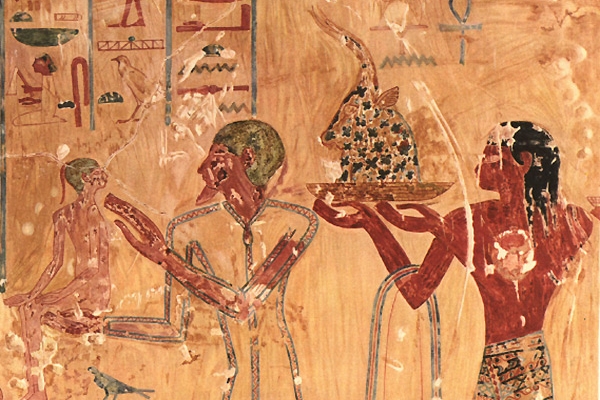
Matić U., Franković F. 2017, Out of Date, Out of Fashion: the Change of Dress of Aegean Figures in the Egyptian 18th Dynasty Theban Tombs in the light of Aegean Bronze Age Costume, SMEA NS 3, 105-130

